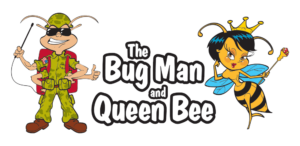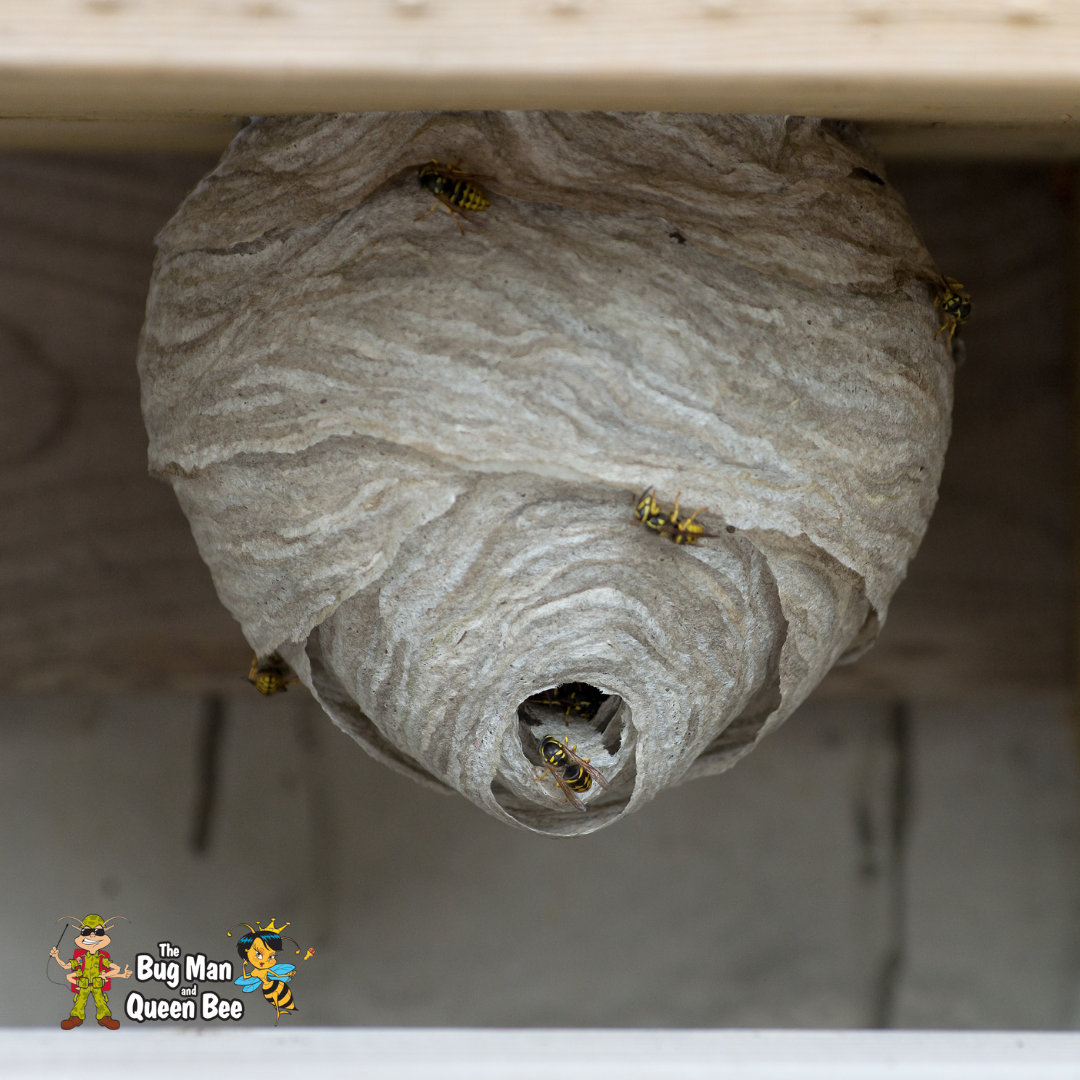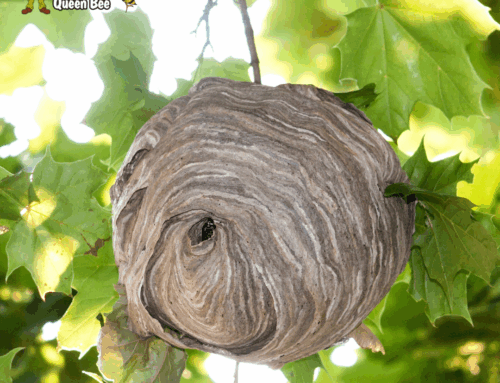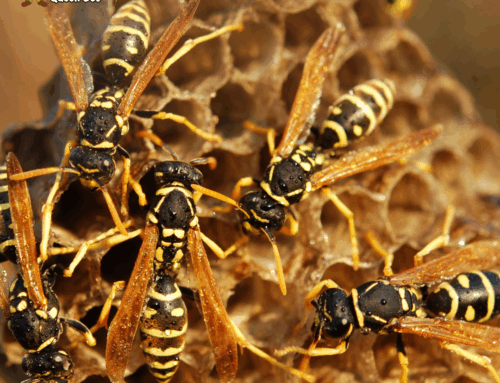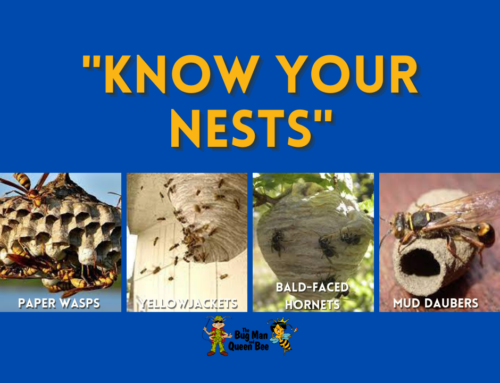If you’ve noticed a yellow jacket nest on your Milwaukee property, you may be tempted to leave it alone and hope the insects go away on their own. The problem is, yellow jackets rarely give up their territory without a fight. Their aggressive nature and painful stings can quickly escalate from an annoyance to a serious safety hazard. At The Bug Man and Queen Bee, we understand firsthand the risks associated with ignoring a growing colony, which is why nest abatement is one of our most important services for homeowners.
The Threat of Aggressive Behavior
Unlike bees, which typically sting only when threatened, yellow jackets are notoriously defensive of their nests. When their colony feels disturbed—even from vibrations like mowing the lawn—they can swarm in large numbers. A single sting is painful enough, but multiple stings from a group of agitated yellow jackets can leave you with welts, swelling, and hours of discomfort. For families with children or pets playing outside, this type of attack can happen without warning and make your yard unsafe.
Allergic Reactions and Medical Risks
One of the most concerning dangers of a yellow jacket nest is the potential for severe allergic reactions. Even if you’ve been stung before without incident, your body can develop new sensitivities over time. For some, just one sting can trigger difficulty breathing, dizziness, or anaphylaxis, a medical emergency requiring immediate attention. These health risks make it clear why addressing nests quickly is far safer than waiting for the insects to leave on their own.
Property Damage You Might Overlook
While most people worry about stings, yellow jacket nests can also create structural issues. These insects often build colonies inside walls, attics, or under decks. Over time, their chewing and tunneling can cause damage to wood, drywall, or insulation. Once they’ve established themselves inside a home, removing them becomes much more complicated. Professional pest control prevents these hidden colonies from spreading further into your living space.
Seasonal Growth and Swarming
Yellow jacket populations grow rapidly throughout the summer. What may look like a small paper nest in early June can turn into a buzzing colony of thousands by late August. The larger the nest becomes, the greater the risk of aggressive swarming and painful stings. Addressing the issue early with professional abatement keeps the problem from spiraling into a dangerous infestation that could impact your entire property.
Why Professional Abatement of Yellow Jacket Nests Is the Safer Choice
DIY attempts at handling a yellow jacket nest often go wrong. Store-bought sprays may seem convenient, but they rarely eliminate the colony at its source. Spraying from a distance can also provoke the wasps, putting you at risk of being chased and stung. At The Bug Man and Queen Bee, we use proven treatments that reach deep into the nest and safely remove the colony without unnecessary risk to your household. Our methods are designed to resolve the problem quickly and effectively, so you can get back to enjoying your property without fear.
Protecting Your Milwaukee Home and Family
Homeowners in Milwaukee and surrounding areas know that summer brings more than just warm weather—it also brings a spike in wasp and yellow jacket activity. Taking action before these nests grow out of control is the best way to protect your family and your home. With professional nest abatement services, you won’t have to wonder if it’s safe to let your kids play outside or if that buzzing under your deck is going to turn into an emergency.
Don’t Wait to Handle a Yellow Jacket Nest
Leaving a yellow jacket nest untreated puts your household at risk of painful stings, medical emergencies, and hidden property damage. If you’ve noticed activity around your home or yard, it’s time to take control before the situation worsens. The Bug Man and Queen Bee provides fast, reliable nest abatement services for homeowners across Milwaukee and surrounding communities. Contact us today to schedule a consultation and take the first step toward a safer, pest-free property.
